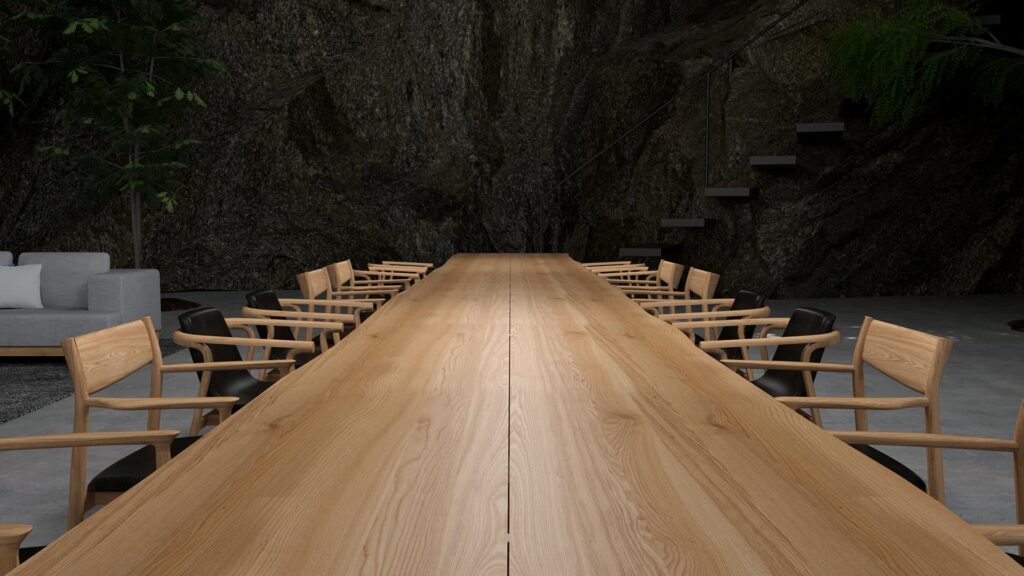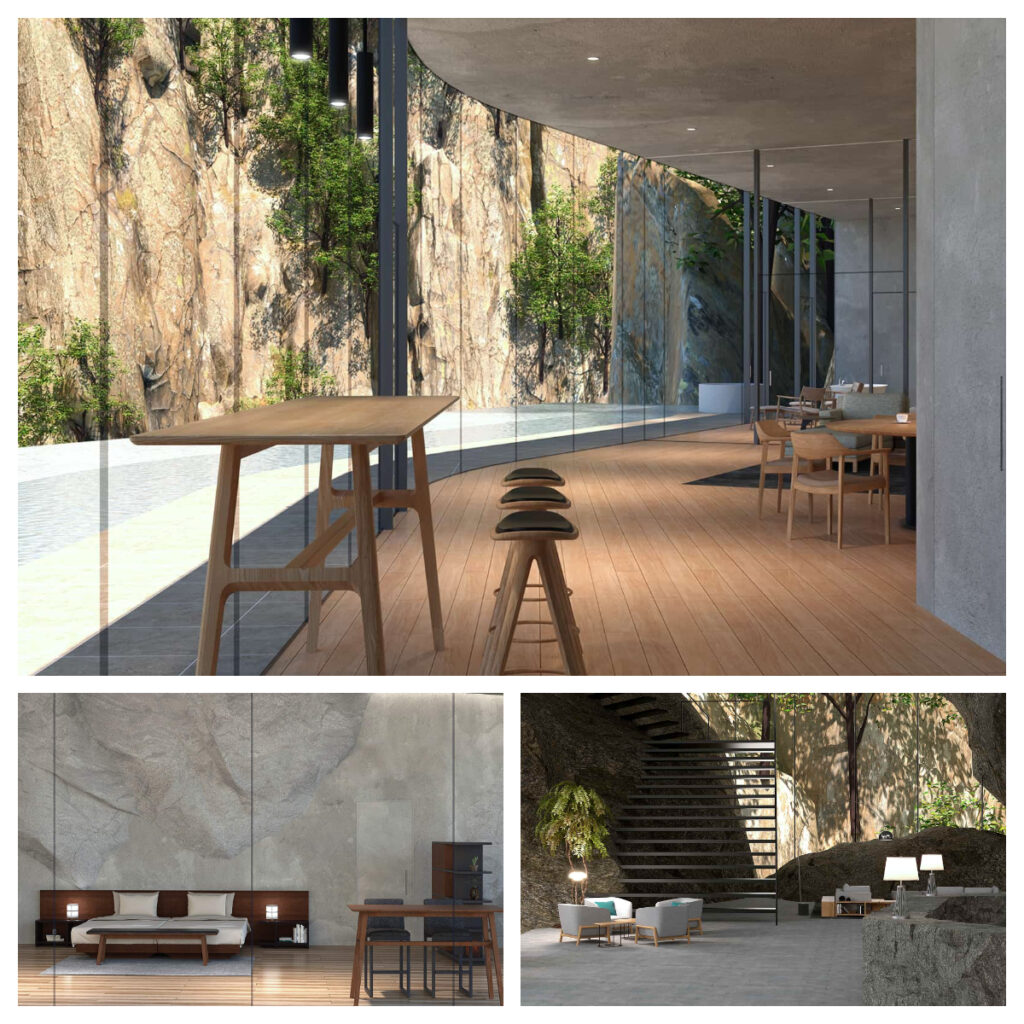The science behind PIXAR
According to my source (namely my biased personal opinion), many movie freaks are likely to look down on animated movies. I’m sure of that because I was one of them until I went to a special exhibition in Sapporo. The title of the exhibition is “The Science Behind PIXAR” that is about the movie production of PIXAR. The exhibition started from the US, went to some cities in Canada, and finally came to Japan. You may still believe that it is only dramas played by real actors that can move you, but CG animation is also very dramatic. If you know background stories of people struggling behind the scene, you will be moved by animated movies as well.
Moving human dramas behind CG animation
In the exhibition, we can see many short videos where PIXAR engineers talk about what they’re doing. All of them are saying the same thing: CG animation is the fusion of art and science. After looking around the exhibition, I was all convinced by the words. Let me share some examples here.

CG animation technologies in “A Bug’s Life” and “Brave”
Have you watched “A Bug’s Life” released in 1998? One of the biggest challenges for the PIXAR engineers at that time was how to realistically express the leaves of grass seen from bugs. As a solution, they use many quadratic functions to create various curves of grass blades. Studying math seems to be useful every so often.
Another impressive thing to me is Merida’s curly hair in “Brave (2012).” In order to express the bounce of her curly hair, they monitored the motion of springs. They first thought it was a great idea but soon found her hair looked to bound too much. Then, their next idea is to put shock absorbers into the springs, which turned out her hair bounded naturally.
Hokkaido Rock House designed by Sou Fujimoto
Surface, lighting, camera angles, rendering, etc. They will improve more and more, and we can’t tell the difference between CG and the real world soon in the future. In line with this trend, we asked the world-famous architect Sou Fujimoto to design a virtual hotel as he likes. Surprisingly, despite being super busy, he kindly agreed to our request probably because he is from Asahikawa, the city where we are headquartered. I know this miracle has nothing to do with the fact that he is my senior at high school, though. Anyway, it is named as “Hokkaido Rock House,” shown in the images in this page.

To be more precise about our request, we asked him to design a hotel in the iconic and beautiful nature of our hometown without budget and legal restrictions. To this request, his answer is a beautiful place to harmonize human and nature. He explained “If it gets too virtual or fanciful, it couldn’t express the charm of nature well. If it becomes too realistic, it will limit the future relationship between human and nature.” This is the future living environment Sou Fujimoto dreams of. Come and enjoy Hokkaido Rock House!


Shungo Ijima
He is travelling around the world. His passion is to explain Japan to the world, from the unique viewpoint accumulated through his career: overseas posting, MBA holder, former official of the Ministry of Finance.

